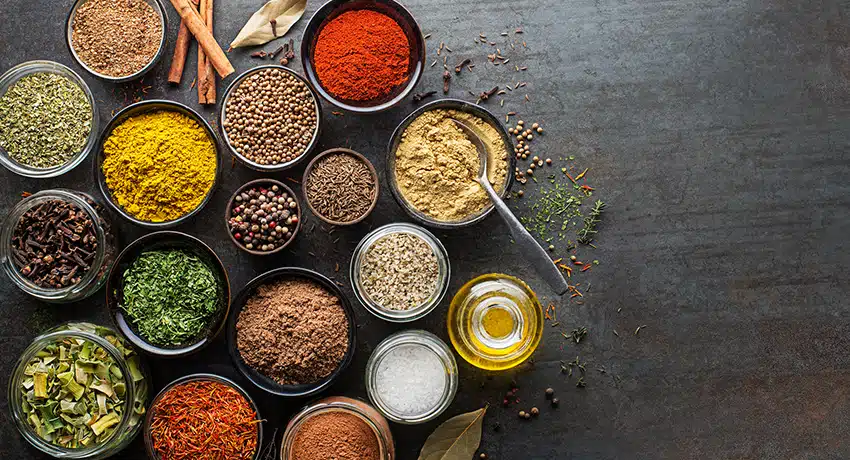Free Delivery, Anywhere In The UK Mainland!
The Fascinating History of the Spice Trade

Long before supermarkets, online orders, and global shipping made spices readily available, these aromatic treasures were some of the most sought-after goods in the world. The story of the spice trade is not just about cooking ingredients — it’s a history of exploration, conquest, cultural exchange, and the shaping of the modern world. From ancient caravans crossing deserts to daring sea voyages, the pursuit of spices has left a trail of intrigue and transformation that spans thousands of years.
The spice trade connected continents, built empires, and sparked the age of discovery. It influenced wars, inspired new routes across oceans, and gave birth to global commerce as we know it today. Understanding this fascinating history gives us a deeper appreciation for that simple pinch of cinnamon or sprinkle of pepper on our food.
Spices in the Ancient World
The earliest evidence of spice use dates back over 4,000 years. Ancient Egyptians used cinnamon and cassia not just for flavoring food, but for embalming their dead. In India, turmeric, cardamom, and black pepper were prized in both cooking and Ayurvedic medicine. Chinese records from as early as 2700 BCE mention the medicinal use of spices like ginger.
The first spice routes were overland, running through the Middle East and connecting Asia to Europe via the Silk Road. Spices were carried by camel caravans and traded alongside silk, gemstones, and precious metals. Even in these early times, spices were a sign of wealth and status, often worth their weight in gold.
The Role of the Arabs
By the Middle Ages, Arab traders had taken control of much of the spice trade between Asia and Europe. They guarded the origins of valuable spices closely, spinning tales of mythical lands and dangerous creatures to discourage competition. Pepper, cloves, and nutmeg from the Moluccas (Spice Islands) passed through their hands before reaching European markets at high prices.
Europe’s Spice Fever
By the 15th century, demand for spices in Europe was booming. Black pepper, cinnamon, nutmeg, and cloves were especially prized, not just for flavor but also for preserving food before refrigeration. The high cost and limited supply led European powers to seek direct trade routes to Asia, bypassing Arab and Venetian middlemen.
This hunger for spices sparked the Age of Exploration. Portuguese explorers like Vasco da Gama sailed around Africa to reach India, while Christopher Columbus — aiming for Asia — stumbled upon the Americas. Ferdinand Magellan’s expedition eventually reached the Spice Islands, proving the world was round and that it could be circumnavigated.
Colonial Rivalries and Spice Wars
As European nations discovered the source of the world’s most valuable spices, competition turned fierce. The Portuguese, Dutch, Spanish, and English all fought for control of key spice-producing regions. The Dutch East India Company became a powerful force, dominating the clove and nutmeg trade for centuries. They even went so far as to destroy excess spice crops to keep prices high.
The Decline of the Spice Trade Monopoly
Over time, spices became more widely available as production spread beyond their native regions. The monopoly held by certain countries weakened, and prices dropped. By the 18th and 19th centuries, spices had shifted from rare luxuries to household staples in Europe and beyond.
Spices Today: A Global Legacy
Today, the spice trade has transformed into a vast global industry. India remains a major producer and exporter of spices, alongside countries like Vietnam, Indonesia, and Sri Lanka. While spices are now affordable and accessible, they still carry the legacy of their adventurous past. Every jar in your kitchen is a reminder of the journeys, risks, and ambitions that brought these flavors from distant lands to your table.

Hi, this is a comment.
To get started with moderating, editing, and deleting comments, please visit the Comments screen in the dashboard.
Commenter avatars come from Gravatar.